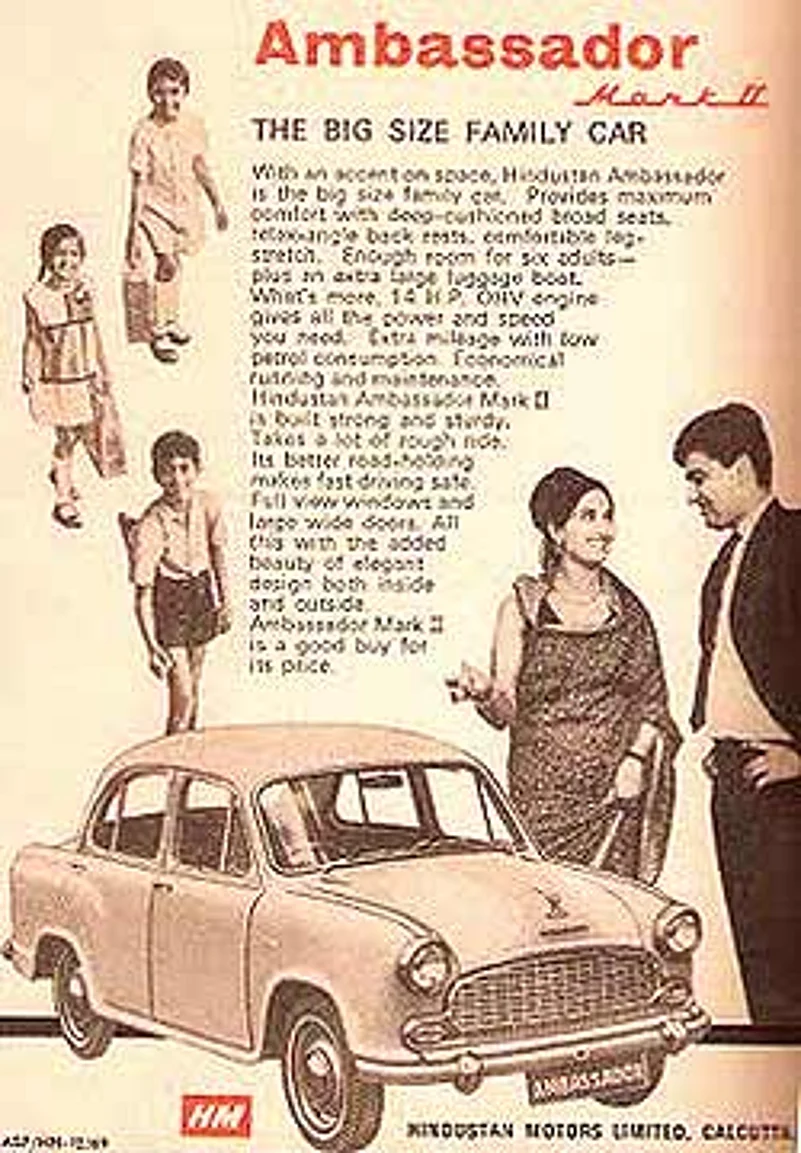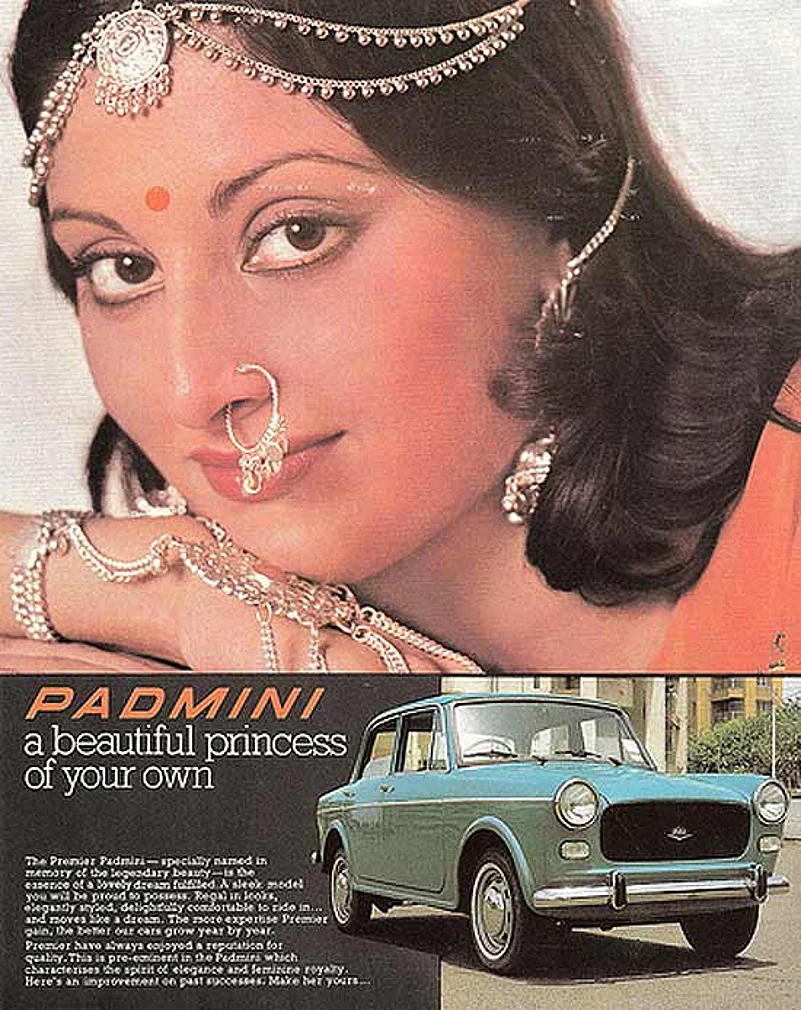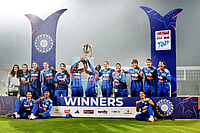What does the Indian car buyer want? The multi-billion rupee game to figure that one out has now acquired a keen edge. For the first time in a decade, annual car sales will register lower growth rates than the previous year. Contrast this with the global financial crisis of 2008, when car buying didn’t slow down one bit. High interest rates, inflation and rising fuel costs are forcing customers to put off buying decisions. Undeterred, car manufacturers are going ahead with capacity expansion plans and are battling it out in a crowded market where the buyer is inundated with choice.
One thing is certain: at a time when they are being promised the moon, there’s still no set formula to figure out what moves the customer while deciding on his/her chariot. And in this age of social media, the car buyer’s likes and dislikes travel at the speed of light, making or breaking the fate of car models. “The power of word-of-mouth and the perception of value are huge in the Indian scenario,” says Bertrand D’Souza, deputy editor, Overdrive.
Quite obviously, the Indian consumer is price-conscious. But as any car dealer will testify, he/she is also wily, cunning, an aggressive bargainer, well-researched (in urban markets) and willing to take time over a decision. Most importantly, they are extremely value-conscious—how much am I getting for my money? “They may pay a crore for a car but they want the notional value of the car to far exceed that crore,” says Srinivas Krishnan, editor of BS Motoring. The manufacturer who grasps how the Indian customer perceives value from cars enjoys better sales. But that’s easier said than done.

| Economics | Emotions | |
|
| |

And to top it all, brand loyalty is diminishing—particularly for higher-end cars. “That’s because of the number of options in each segment. Customers are ready to experiment today,” says Shashank Srivastava, chief general manager, Maruti Suzuki. And funnily enough, that’s despite all the discounts and goodies car-makers are throwing in. Insurance and floor mats don’t swing decisions (outside of festival seasons) because the consumer is looking beyond pure functionality. “As a market, we are right now straddling the space between functionality and aesthetics,” says brand consultant Harish Bijoor, who recently did a survey on the car buyer’s psyche.
Aspiration plays a key role. “Altos (Maruti’s small car) are being bought with power steering—the customer doesn’t mind paying Rs 20,000 extra for a feature that is really meant for a bigger car,” says Jagdish Khattar of CarNation. Also, pride is a supreme factor, and not only for “showy” car buyers in the north. “It’s the pride of getting a car, how it makes you feel, how it makes you look, the sense of achievement and having arrived that dominate consumer behaviour,” avers Agnello Dias, co-founder of TapRoot India. That’s one reason he feels the first Tata Nano campaign failed. “Pitching it as the world’s cheapest car was a big blunder. No one wants to advertise the fact that they can only afford the cheapest car.”
When pride is a key factor, seemingly innocuous things can swing the final decision—like the look of a dashboard. Car dealers say buyers have walked in with their family and taken a final call based on factors like snazzy colour, a flashy dashboard display, impressive design, and so on. A Mumbai dealer recalls one customer, who had almost decided on a model, but came back with friends and asked to see the dashboard lit up with the stereo on. “He changed his mind when it did not look as flashy as he had earlier thought.” Khattar says that there’s such demand for upgrades that accessory sales is 10 per cent of CarNation’s business.

Industry experts acknowledge that the customer has the willingness and propensity to pay more upfront (thanks to car loans it’s easy to tempt consumers to stretch budgets). “An interest rate movement that changes the EMI by, say, Rs 300 doesn’t really count, but when it jumps from 8-9 per cent to 15-16 per cent, then the customer does a rethink,” adds Tarandeep Ghai, principal (auto sector), Boston Consulting Group.
There are other, more pressing concerns, like fuel economy—especially in this era of rising fuel costs. Diesel cars now account for 30 per cent of sales. As Arvind Saxena of Hyundai Motor India points out, “We have been monitoring people’s preferences and found that the first preference is fuel economy, second is styling, third is interiors. Price comes in at number four.”
Interestingly, purchase decisions, although influenced by spouses, are still male-dominated in every way. Children above 12 play a big role in decision-making as well—they determine whether, according to colour and interior choices, the car is ‘cool’. Although there are many women drivers, most car dealers don’t know how to make sales pitches to female customers. Reetika Kher, a Mumbai-based lawyer, says she faced this condescending attitude while buying her Honda City. “Dealers didn’t take me seriously,” she says. Car manufacturers have certainly evolved from the time they would promise a “beautiful princess of your own” (Premier Padmini). Or perhaps they have not.
By Arti Sharma with Arindam Mukherjee and Pragya Singh


























